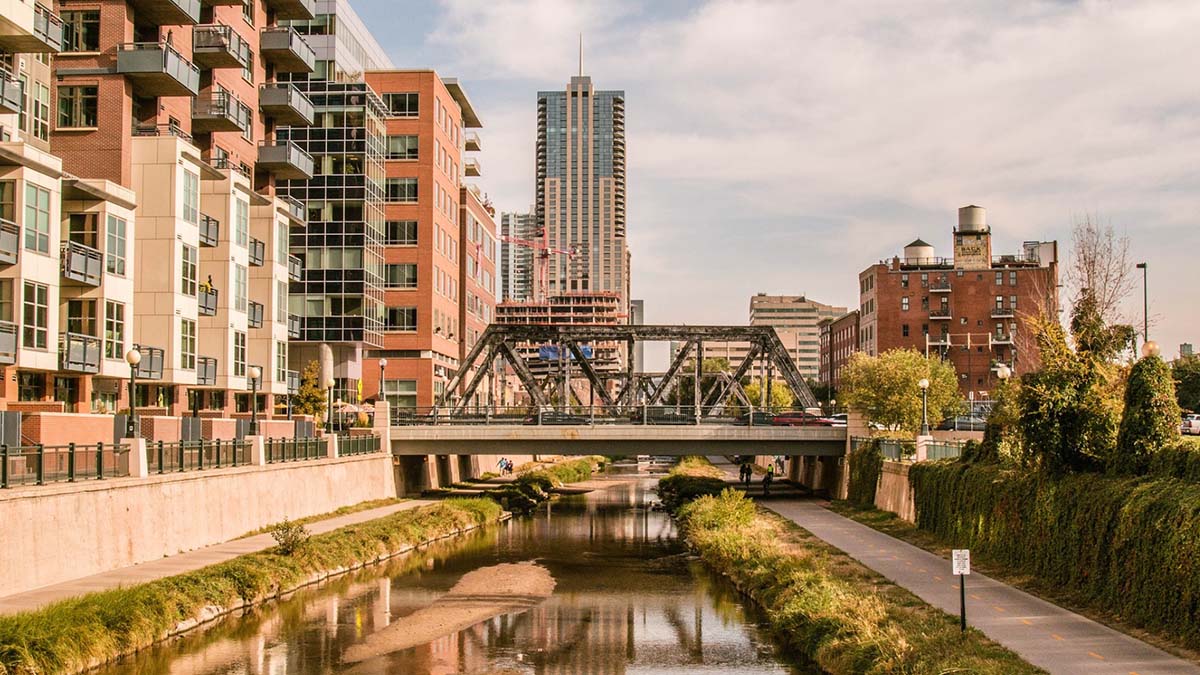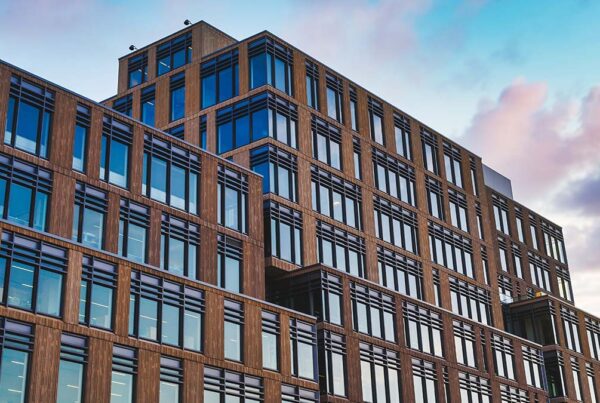
You’ve likely come across a plethora of commercial real estate investing definitions throughout your introductory phase into commercial real estate investing. It can be overwhelming at times because, in a sense, you’re learning a new language to a degree.
This article intends to provide an overview of the essential commercial lease terms you should know for renting a commercial property. These important terms include popular lease structures, lease terms, and the most frequent types of commercial lease delivery conditions.
There will still be a lot to learn after reading this article and studying the included terms. However, the goal is that by the end of reading this article, you’ll have what you need to feel more comfortable when you’re discussing commercial leases.
Commercial Lease Structure Terms
Depending on your preferences as an investor, as well as the kind of property, type of tenant(s), and the number of tenants, you can structure commercial leases in a variety of different ways.
Here’s an overview of the most common commercial real estate lease structures.
Triple Net Lease (NNN)
One of the most prevalent lease structures is a triple net lease (sometimes called a net lease). A triple net lease requires the tenant to pay the basic rent as well as the three net costs, which are:
- Property taxes
- Building insurance
- Common area maintenance (CAM)
As you might be able to tell, owners/investors/landlords like this type of lease structure because the tenant is responsible for most property expenditures.
That said, the landlord is still responsible for the building’s structural components, such as the structural walls, foundation, and roof.
The one exception to the owner/investor/landlord responsibility is if you implement what is called an Absolute Triple Net Lease. If you set up an absolute triple net lease, the tenant is also responsible for the building’s structural components.
Triple net leases and absolute triple net leases are great for tenants who want to customize a space and plan to be in the location for an extended period of time.
You can learn more about triple net leases (NNN) here.
Full-Service Gross (FSG)
A full-service gross lease (also known as a full-service lease) requires the tenant to pay a set base rent while the landlord bears all property-related expenditures.
This is beneficial for the tenant because, like a mortgage, they know precisely how much they are paying each month in rent and can budget or forecast accordingly.
That said, since the owner/investor/landlord is responsible for all property-related expenditures, it’s common for the base rent to be higher than market value because they want to build in a buffer for inevitable costs that come along with owning property.
Modified Gross (MG)
In a modified gross lease, the tenant is required to pay a base rent and a portion of the running expenditures.
For example, if a tenant wants to create a tanning salon in one of your spaces, you know that the power bill will be high each month because the tenant will have to power all of the tanning beds. The owner/investor/landlord can state that the tenant needs to pay the monthly base rent and the electric bill by implementing a modified gross lease.
By doing this, the tenant covers any costs that may be seen as larger or more volatile, and the owner/investor/landlord can feel like they have a more consistent cash flow from month to month.
Commercial Lease Clauses
Most commercial leases include a variety of clauses. While you should have a trusted, qualified lawyer review every contract and lease you create and/or sign throughout the acquisition and leasing of a commercial property, you should also hold yourself accountable to understand the different lingo within commercial real estate leases so that you have a personal awareness of what is going on.
Below are a few key clauses you should know at a minimum.
Sublease Clause
Subleasing in a commercial lease is similar to subleasing in a residential lease. A sublease clause (also known as the right to sublet clause) states that when a tenant needs or wants to leave the space before the expiration of the lease terms, the tenant can lease the unused space in their lease agreement to another tenant. The agreement between the (original) tenant and the subtenant is distinct from the lease arrangement between the tenant and the landlord.
One important detail is that a sublease clause typically stipulates the tenant does not have the authorization to lease a section of space in their lease agreement to another tenant unless the landlord agrees and provides written consent.
Exclusive Right
The exclusive right clause, also known as the exclusivity clause, is commonly seen in retail leases but can be found in leases for any industry. The exclusive right clause grants the tenant the exclusive right to be the only firm that sells a particular product or offers a specific service.
For example, if you own a strip mall and lease out spaces, there may be a tax firm that doesn’t want another tax firm in the same strip mall. The reason is that having direct competition in the same area can hurt the tax firm’s business. On the other side of this—and the main benefit and selling point of including an exclusive right clause—is that knowing you won’t have direct competition enter the same strip mall makes it more appealing for the tax firm to sign a lease.
Rent Escalation
As a tenant, it’s not uncommon for rent to increase each year when the lease is renewed. The rent escalation clause helps protect the tenant by establishing the amount the rent can be increased each year. This can be good for the tenant because they can forecast their costs and rest assured that their rent will not exceed the amounts established in the rent escalation.
As an example, if the rent escalation clause states that the rent will increase 3% annually, then the rent increase cannot exceed that amount in any given year.
As a landlord, the rent escalation clause can be helpful because the tenant knows exactly how much their rent will be raised each year and you don’t need to worry about negotiating or losing the tenant for rent increase reasons.
Commercial Lease Delivery Conditions
Like houses and condos, commercial real estate spaces can come in a variety of conditions. However, there are some key terms to understand what type of interior the property has.
These are important to understand because it will be very important for the tenants leasing the space.
Vanilla Shell
A vanilla shell lease provides a completed yet simple “shell” of interior space. They’re popular for landlords because they have low build-out costs and they’re typically move-in ready for the tenant.
Some of the features you can anticipate for a vanilla shell lease include:
- Drop ceiling vs. finished ceiling
- HVAC and ductwork
- Finished Restrooms
- Lighting
- Elevators
As you can tell, the inside space is finished and functional, but there’s not much interior design or additional elements beyond the basics.
Cold Dark Shell
A cold dark shell is another type of delivery condition in which the interior space is typically nothing but the skeleton of the structure. This means there is no drywall, HVAC, electrical, plumbing, etc.
Who on earth would want to rent a space like that?
Well, there are a variety of companies and industries that prefer this type of delivery because they either 1) don’t need everything the landlord would have included in a vanilla shell building causing them to pay a higher base rent for no reason, or 2) they have very specific build-out requirements and it’s cheaper for them to pay for all of that with a blank canvas rather than trying to retrofit a second-generation delivery condition.
Speaking of a second-generation delivery condition…
Second-Generation
Second-generation spaces are effectively commercial real estate’s hand-me-downs. Second-generation leases are appealing since they may need little to no build-out expenditures, depending on your business and the prior tenant.
If you want to build a restaurant, for example, a second-generation location where the prior tenant was a restaurant is fantastic because it likely has most—if not all—of the proper kitchen plumbing, bar plumbing and electrical, and ventilation that you need. In an instance like this, it’s much easier and cheaper for a tenant to find a second-generation property that is already built out for their needs compared to getting a Cold Dark Shell or Vanilla Shell.



